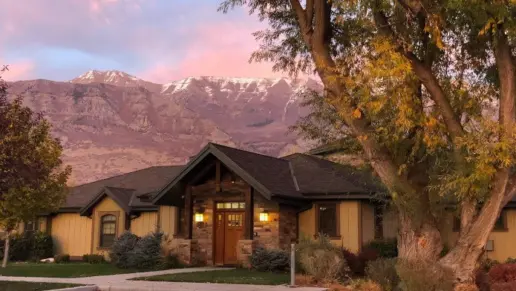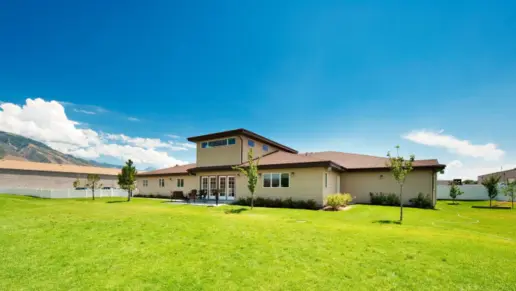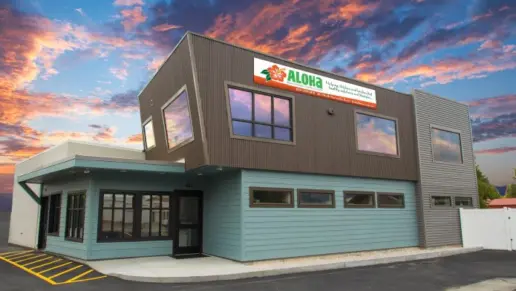About I Am Recovery – Womens Sober Living Home
I Am Recovery – Womens Sober Living Home, located in Sandy, Utah is a private alcohol and drug rehab that offers treatment for a variety of substance abuse addictions. They offer flexible outpatient addiction therapy allowing patients to live at home while receiving regular treatment. Additional levels of care offered include relapse prevention and 12-step therapy.
Addiction Treatments
Levels of Care
Treatments
Substance rehabs focus on helping individuals recover from substance abuse, including alcohol and drug addiction (both illegal and prescription drugs). They often include the opportunity to engage in both individual as well as group therapy.
Contact Information
1793 North 980 East
Sandy, UT 84003


